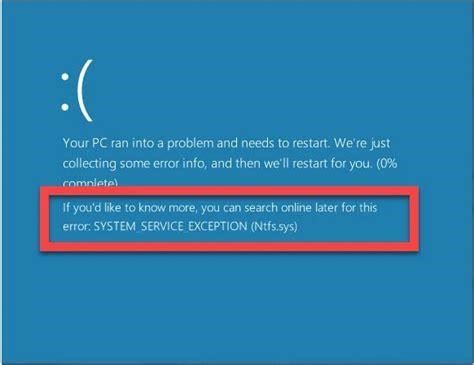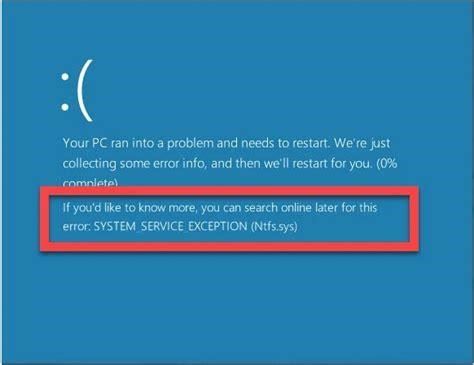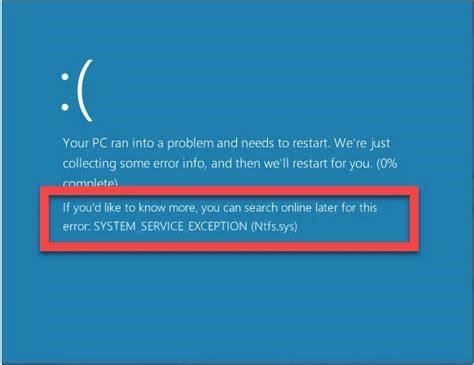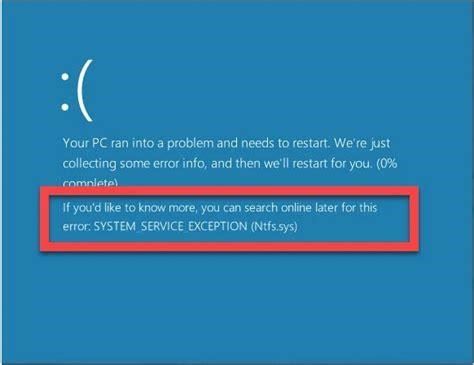Mastering Windows Speech Recognition
As technology rapidly advances, more and more Windows users are leveraging speech recognition software to control their devices hands-free. However, some discover that getting started with this innovative feature can be tricky. In this comprehensive tutorial, we’ll equip you to fully harness the power of Windows Speech Recognition and troubleshoot any issues that arise.
Activating Windows Speech Recognition
The first step is enabling speech recognition within your Windows settings. Here’s how:
- OpenSettingsand selectPrivacy & security.
- ChooseVoice activationand expand any apps listed underApps that can use voice activation.
- Toggle the switch for each app toOn. This grants permission for speech recognition.
Alternatively, you can navigate toSettings > Ease of Access > Speechand toggleTurn on Speech Recognitionto the on position.
Can Cortana be combined with Windows Speech recognition?
It is exciting to note that on Windows 10, Cortana can be combined with Windows Speech Recognition to enable many more scenarios to be completed hands-free. Note that Windows Speech Recognition is only available for the following languages: English, French, German, Korean, Japanese, Mandarin, and Spanish.
Does Windows 10 have voice controls?
Voice controls aren’t just for your cell phone anymore. The latest versions of Windows 10 and macOS Sierra both boast voice-activated digital assistants: Cortana on Microsoft’s operating system, and Siri on Apple machines. With help from Cortana and Siri, you can do a whole lot without having to touch the keyboard or mouse.
Creating Speech Recognition Profiles
Now it’s time to set up your unique speech recognition profile. This trains Windows to understand your voice.
- Open theControl Paneland clickSpeech Recognition.
- ChooseStart Speech Recognitionand follow the on-screen prompts.
- The system will analyze your microphone settings and then record samples of your speech.
- Once complete, a specialized profile is created tuned specifically for your voice.
You can repeat this process to generate additional profiles for other users. Switch between accounts to seamlessly swap speech recognition profiles on the fly.
Controlling Windows with Your Voice
After configuring your profile, an array of hands-free commands become available:
- Open appsby saying their name. For example, "Open browser."
- Browse the webby stating URLs. Try saying, "Go to Wikipedia.org."
- Send messageslike "Text Mom I’ll be late for dinner."
- Search your PCby requesting "Find documents about Hawaii."
- Dictate documentsby uttering your content aloud.
The possibilities are endless! Explore all the phrases Windows recognizes by browsing their speech recognition help.
What is Windows Speech recognition?
Windows Speech Recognition lets you control your PC by voice alone, without needing a keyboard or mouse. This article lists commands that you can use with Speech Recognition. For instructions on how to set up Speech Recognition for the first time, refer to Use voice recognition in Windows.
How do I control Windows 10 with my voice?
Here are the editing commands you can dictate, according to Microsoft: Speech Recognition is another option if you want to control Windows 8.1, 10, or 11 with your voice. To set this up, open Control Panel in icon view and click the Speech Recognition applet. Choose the Start Speech Recognition link to set up the feature.
Resetting Speech Recognition
Sometimes technical glitches cause speech recognition to stop working properly. Here are a few tips for troubleshooting and resetting it when issues arise:
- ToggleOnline speech recognitionoff and back on withinSettings > Privacy > Speech, inking & typing.
- In the Control Panel under Speech Recognition, chooseAdvancedthenReset speech recognition.
- Uninstall and reinstall the speech recognition Windows feature using the Add/Remove Programs menu.
Resetting often solves common problems like stuck commands, microphone malfunctions, and system corruption.
Bypassing Error Messages
You may encounter messages like "Speech recognition could not start" or "Speech language not supported." To work around these:
- Ensure your microphone setup is configured properly.
- Force speech recognition to load at startup via its program properties.
- Run SFC scans to replace corrupted Windows system files.
- Add your display language to the speech recognition approved list.
With a little savvy troubleshooting, you can get speech recognition up and running again quickly.
Does Windows 10 have speech recognition?
Windows 10’s Speech Recognition application has initially introduced in Windows Vista, and has since matured into a pretty decent enhancement to Cortana, with abilities that go beyond text input and weather information.
How to set up windows speech recognition in Cortana?
Today, we’re going to get Windows Speech Recognition set up, and expand the limits of what Cortana alone can do. 1. Type Windows Speech into the Cortana search bar, and tap Windows Speech Recognition to open it. 2. Click Next in the pop-up window to get started. 3. Select your microphone and press Next.
Does Windows 10 support dictation?
Additionally, in Windows 10, the Online speech recognition setting makes it possible to use dictation within Windows. Turning on speech while setting up a HoloLens device or installing Windows Mixed Reality allows you to use your voice for commands, dictation, and app interactions.
Does Microsoft 365 have Cortana?
The Cortana app in Windows 10 and Windows 11 helps users quickly get information across Microsoft 365, using typed or spoken queries to connect with people, check calendars, set reminders, add tasks, and more. Where is Cortana available for use in my organization? Your employees can use Cortana in the languages listed here.
Final Tips for Leveraging Speech Recognition
Windows speech recognition grants effortless hands-free control to power users. Follow these tips to maximize productivity:
- Use clear diction and limit background noise.
- Add custom words and phrases to improve recognition accuracy.
- Utilize voice commands for common tasks to save time.
- Enable automatic mic muting for privacy when not in use.
With robust voice profiles, seamless controls, and handy troubleshooting tricks, you can master speech recognition on Windows like a pro. Now experience the convenience of getting things done, even with your hands full. Let us know if we can assist with any other Windows challenges!
References
- https://support.microsoft.com/en-us/windows/speech-voice-activation-inking-typing-and-privacy-149e0e60-7c93-dedd-a0d8-5731b71a4fef
- https://www.thewindowsclub.com/disable-speech-recognition-feature-windows
Does Windows 10 have a speech-recognizing digital assistant?
Microsoft Windows 10 has its own version of a speech-recognizing digital assistant in Cortana. Through this set of applications and features, users can give their PCs commands, initiate calendar entries, make phone calls, and perform a slew of other functions.
Does Cortana support other languages?
The Cortana app in Windows 10, version 2004 requires the latest Microsoft Store update to support languages other than English (United States). Cortana requires a PC running Windows 10, version 1703 or later, and the following software to successfully run the included scenario in your organization. A microphone isn’t required to use Cortana.
How do I use voice commands in Cortana?
Before you can dive into the voice commands, it’s important to know the ways in which you can invoke Cortana using natural language: You can click the microphone icon in the taskbar next to the Start menu. You can use the Shift + Windows Key + C keyboard shortcut to open Cortana in listening mode.




